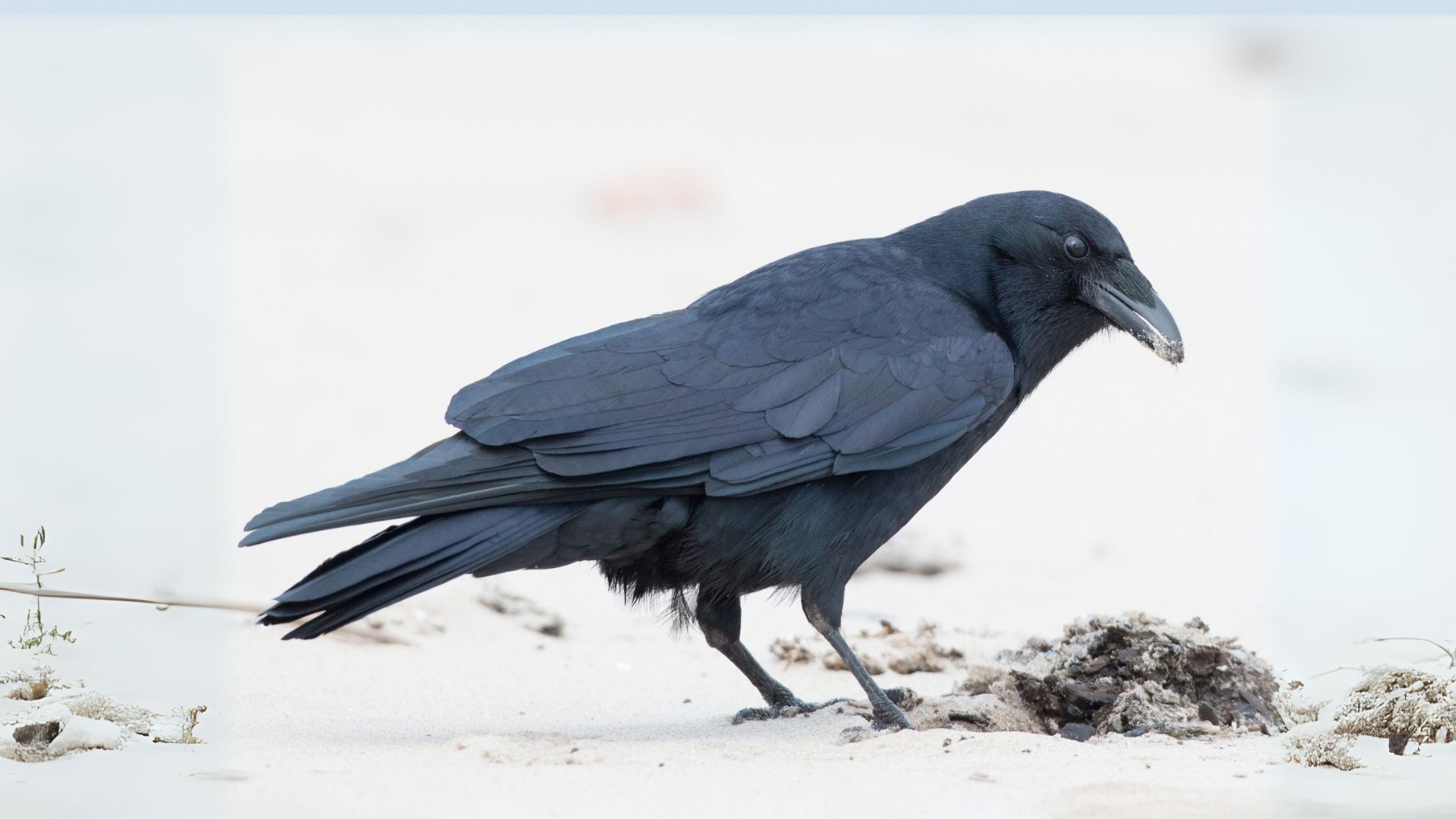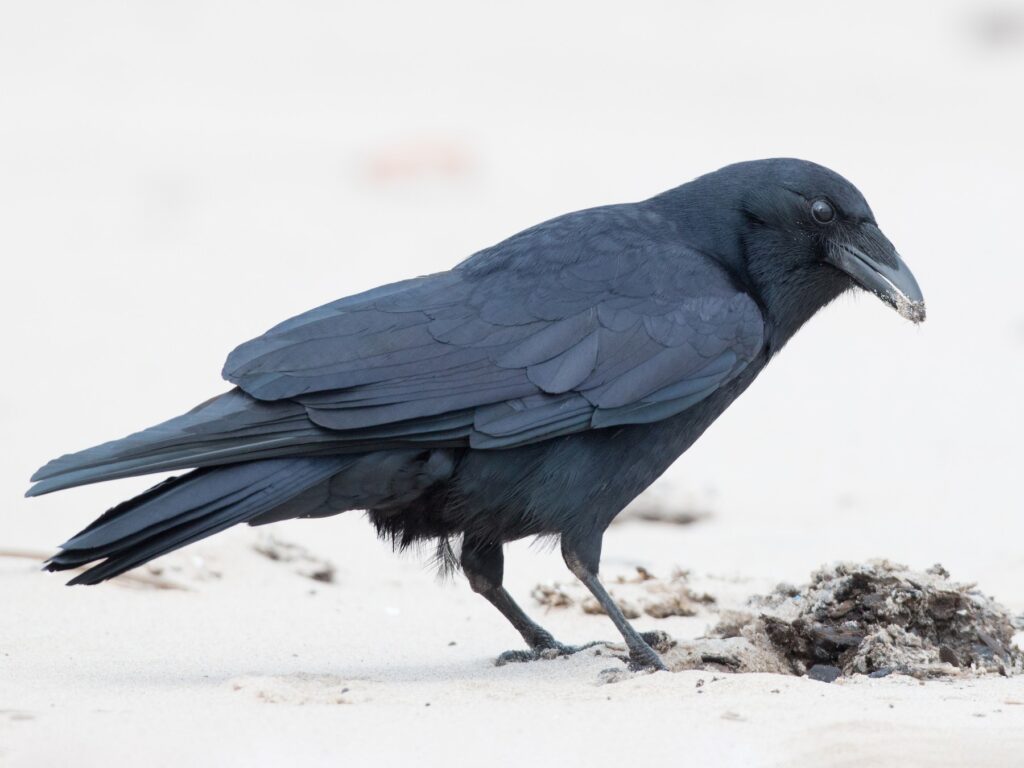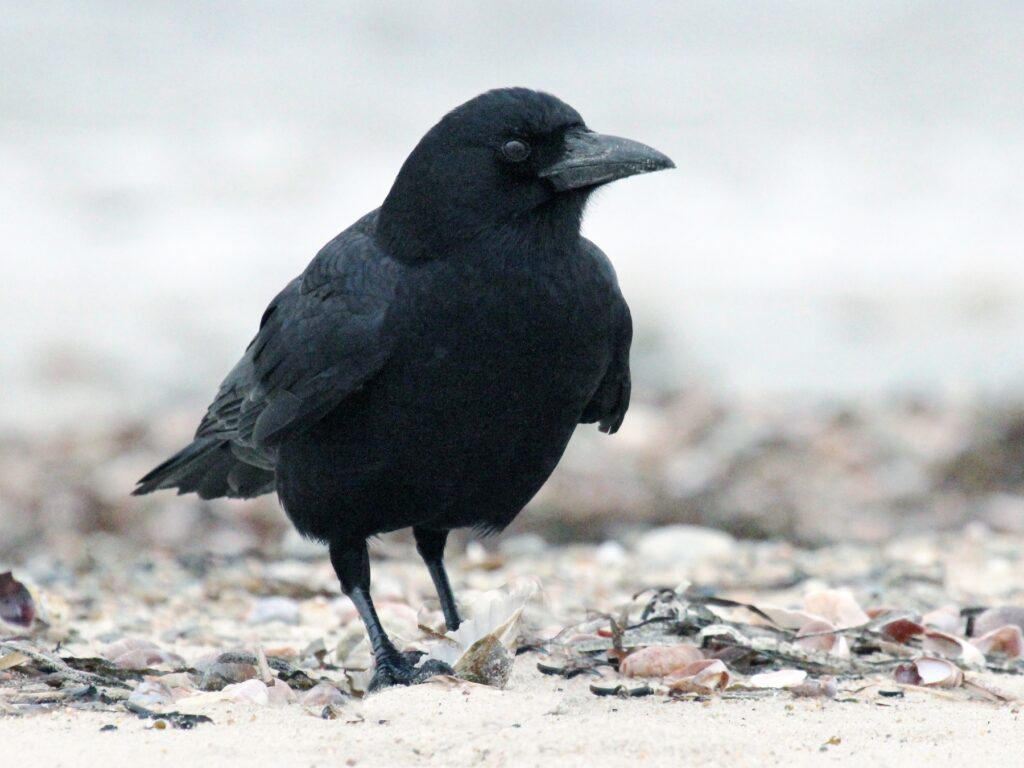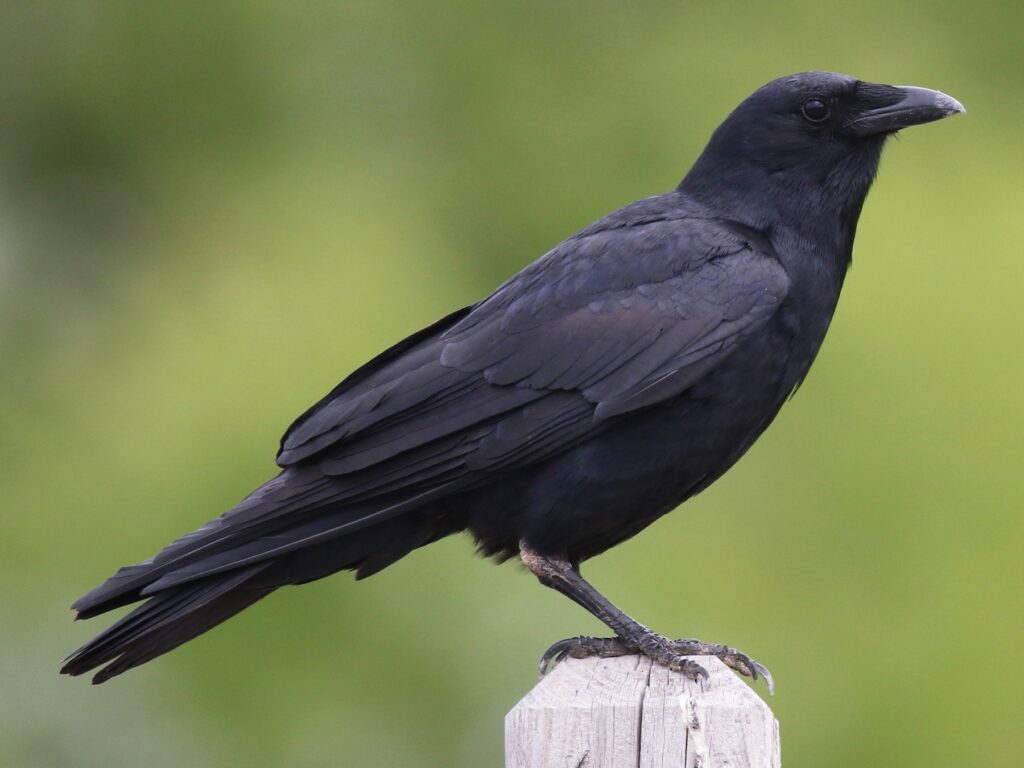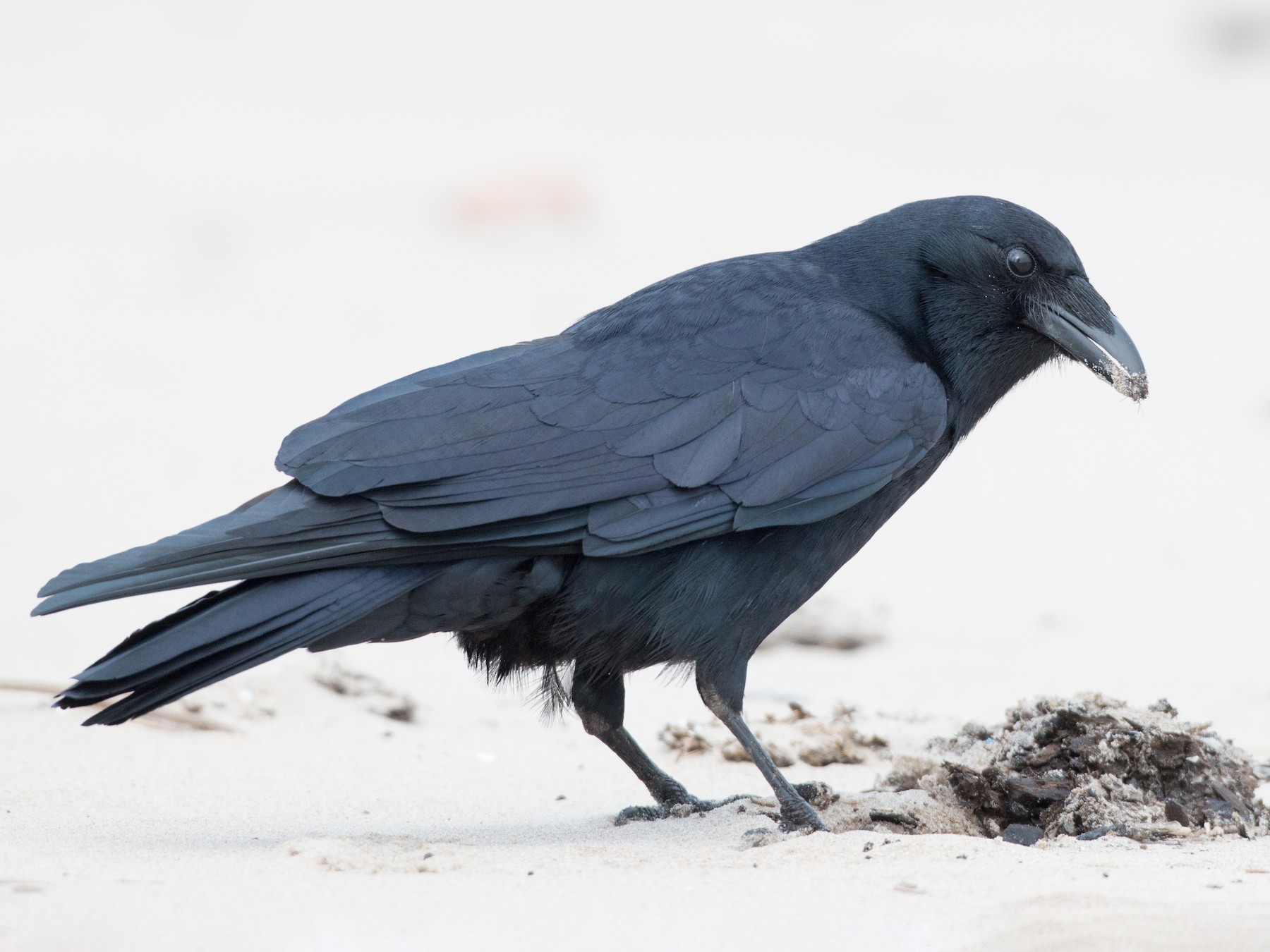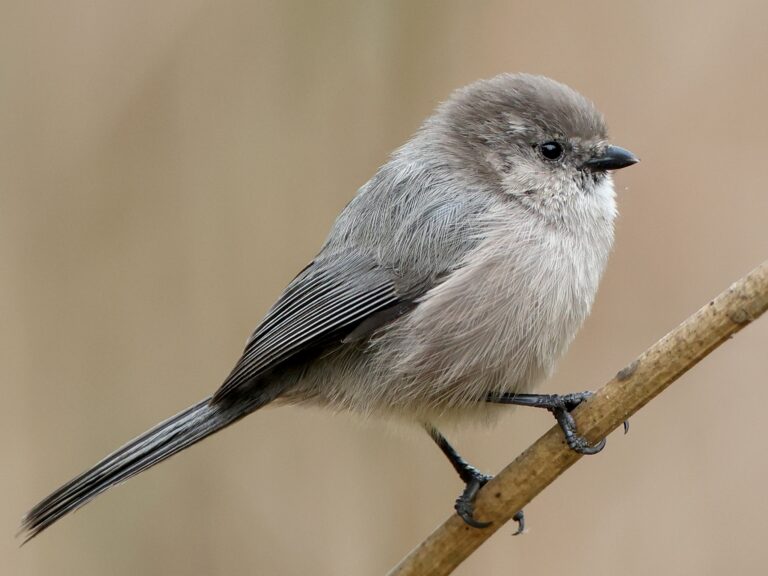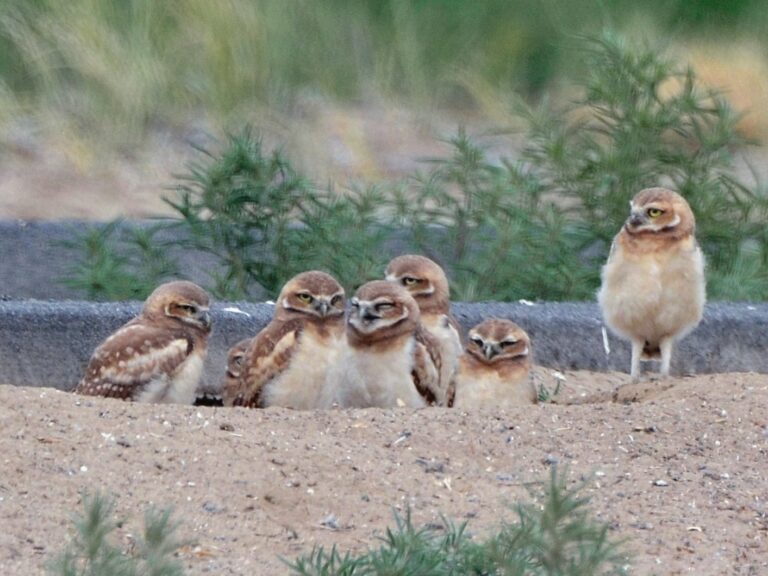Fish Crow: The Clever Urban Bird Thriving Across North America
Fish crows get mistaken for their close relatives all the time, but they’ve got their own quirks and a unique scientific story.
Spotting one means really paying attention and comparing them to other crows.
Distinguishing Fish Crows from American Crows
Fish crows and American crows look almost identical at first, but a few differences pop out if you know what to look—or listen—for. The fish crow (Corvus ossifragus) makes a short, nasal call, way different from the classic caw of the American crow.
Birdwatchers usually listen for this sound; honestly, it’s a lot easier to tell them apart by voice than by sight. Size helps a bit too. Fish crows run a touch smaller and slimmer and have shorter legs with a slightly curved upper bill.
Behavior gives them away sometimes. Fish crows love coastal spots and wetlands, while American crows show up almost anywhere. Where both species overlap, you might see mixed flocks, but that nasal call is the dead giveaway. For more details, check out these studies on crow species in the United States.
Physical Characteristics
Fish crows are medium-sized corvids, measuring about 36–41 cm (14–16 in) long. Their wingspan falls between 78–99 cm (31–39 in).
Their plumage is glossy black, just like the American crow, but sometimes you catch a greenish or bluish shine in the sun. Their bills look narrower and more pointed, and the tail is shorter—either squared or a bit rounded at the tip.
Adults and juveniles look pretty much the same. Black legs and feet handle perching and walking along muddy banks with no trouble.
Subtle differences in size, posture, and bill shape help set the fish crow apart, but you’ve gotta look close.
Scientific Classification
Fish crows sit in the order Passeriformes, the giant group of perching birds or songbirds. They’re in the Corvidae family, right alongside ravens, magpies, and other crows.
Their scientific name is Corvus ossifragus. They share their genus, Corvus, with the American crow (Corvus brachyrhynchos) and the common raven (Corvus corax).
| Kingdom | Animalia |
|---|---|
| Phylum | Chordata |
| Class | Aves |
| Order | Passeriformes |
| Family | Corvidae |
| Genus | Corvus |
| Species | C. ossifragus |
Taxonomy is recognized by databases like ITIS, which help standardize species classification. Knowing this helps researchers track how fish crows relate to their corvid cousins.
Habitat and Geographic Range
Fish crows stick close to water—rivers, lakes, and coasts are their favorites. You’ll find them from the Atlantic coast all the way west to Kansas, thriving in wild places and spots people have changed.
Preferred Environments
Fish crows nest and forage where water is easy to reach. Marshes, coastal dunes, wetlands, and riverbanks are all fair game.
They show up in suburbs too, especially near parks, the edges of towns, and woods close to water. Studies suggest they lean toward natural habitats more than American crows, which seem happy just about anywhere.
Nests usually go up in tall trees near lakes or rivers, or in wetland groves. Fish crows skip dense city centers but will check out open fields and farmland near water for food and shelter.
They’re also seen along shorelines, picking out food and safe nesting spots. In these places, there’s less competition and fewer predators. Want more detail? Here’s a JSTOR article on Fish Crow habitat use.
Distribution from the Atlantic to Kansas
Fish crows range from the Atlantic coast west to parts of Kansas and the Midwest. Their historic core was the southeast coast, but they’ve slowly crept into new territory, following river systems inland.
Now, they’re found along big waterways, including the Mississippi River basin, reaching as far as eastern Kansas. Up northeast, they’re common along the Atlantic seaboard all the way to New Jersey and southern New York.
This spread links to changing habitats and more human development along rivers and lakes. If you’re curious about how their range grew into Tennessee and Kansas, check this detailed report on range expansion.
Adaptation to Water Ecosystems
Fish crows are totally built for life near water. They count on aquatic environments for food and nesting.
Their menu includes fish, amphibians, invertebrates, and whatever dead stuff they find on the shore. They use their smarts to hunt in tidal zones, flooded fields, and muddy banks.
You’ll spot them scavenging beaches or wading in shallow pools. They usually nest in trees by rivers or in wetland thickets, which gives them protection and a steady food supply.
Even in the suburbs, fish crows pick spots close to water. This tight connection with wetlands and lakes helps them do well wherever there’s enough water around. For more on their habitat use, see this habitat study of Fish Crows.
Ecology and Behavior
Fish crows belong to the corvidae family, a group famous for adaptability and brains. They spend a lot of time in coastal and wetland habitats, using sharp problem-solving skills to track down food and talk with their flock.
Feeding Habits
Fish crows eat just about anything, which lets them live in all sorts of places. They’ll go for fish, crustaceans, insects, eggs, and whatever scraps people toss out.
They search shorelines, marshes, and even hang around human settlements for easy meals. These birds show flexible feeding habits—sometimes stealing from other birds or teaming up to grab bigger bites.
One clever trick: dropping hard-shelled prey from the air to crack it open. That’s not just smart, it’s resourceful—getting food others might pass by.
Most of their feeding happens early in the morning or late afternoon, when food is easier to find and fewer birds are competing. In cities, they flock to garbage sites and parks for easy pickings. This mix of diet and techniques really sets them apart from some other corvids. For more, check out the feeding behavior of crows.
Social Structure
Fish crows are social—big time. They flock up, especially where food is plentiful.
Teamwork helps them find meals, stay safe, and chase off bigger birds like hawks and owls. In flocks, they use social cues to cooperate or compete.
Younger birds often learn from the older, wiser ones. When breeding season ends, they form loose flocks that roost together at night, sometimes with hundreds packed into one spot.
Living in groups helps them learn, survive, and adapt. Their social life fits right in with the usual corvid social organization—it’s complicated, but it works.
Vocalizations and Communication
Fish crows stand out for their calls—shorter and more nasal than American crows. The “uh-uh” sound is their signature.
These calls let them recognize each other, warn about danger, and coordinate group moves. They use a bunch of different sounds, each with its own meaning—alerting others to food, warning about threats, or just keeping the group together.
Body language matters too. Wing flicks and tail movements share info within the flock.
Researchers say these calls are key to their social bonds. They use them when feeding, mobbing predators, or herding the flock. Dive deeper into their vocal habits with this study of crow behavior and ecology.
Nesting and Reproduction
Fish crows have their own style when it comes to building nests and raising chicks. During breeding season, timing matters, and both parents pitch in for the whole process.
Nesting Habits
Fish crows usually put their nests high in trees, often over 2 meters up. They might reuse an old nest or start from scratch, weaving twigs, grass, and whatever else they can find.
Their nests hide well among branches, keeping eggs away from predators. Sometimes, they pick spots close to water—marshes or islands work great.
On Battery Island, North Carolina, you’ll find their nests mixed in with colonies of other birds, like white ibis. Both parents take turns gathering material and guarding the nest. Observers say fish crows handle most of the nest action during breeding season in these areas. For more, check these Fish Crow nesting locations.
Breeding Season and Life Cycle
Fish crows start breeding in early spring. Pairs form bonds before nesting and work together to defend their turf.
Eggs usually appear between April and May, with three to five in a clutch. Both parents help incubate, though the female spends more time sitting on the nest.
After hatching, both parents feed and protect the chicks. The young stay in the nest for several weeks before they fledge.
Sometimes, fish crows nest near other crows or waterbirds, but food and predators decide how many breed in an area. There’s a study on the first successful nesting of Fish Crow in Ontario if you want to dig into their breeding habits.
Fish Crow in Field Guides and Conservation
The Fish Crow is a common, sometimes overlooked corvid. Birdwatchers and wildlife managers find its identification, range, and conservation status well covered in ornithological guides.
Inclusion in Ornithological Resources
You’ll find Fish Crows listed in all the big North American field guides. They’re usually described alongside the American Crow, since they look so much alike.
Most guides point out the differences in size, voice, and range. Identification tips often mention their nasal “uh-uh” call and their fondness for coastal areas, marshes, or river valleys.
Field guides show maps of the Fish Crow’s range along the Atlantic and Gulf coasts, and into parts of the southeastern U.S. Some guides throw in comparison tables or checklists to help you tell Fish Crows from other crows.
Even beginners can usually manage field identification with these features. I mean, it takes a little practice, but it’s doable.
If you want more research-based info, ornithological publications and academic articles cover nesting habits, social behavior, and how Fish Crows respond to management efforts. Researchers have looked closely at nest site selection and colonization patterns in all kinds of habitats—including cities, as in this study of Fish Crows in Ithaca, New York.
Conservation Status
Fish Crow populations are stable. They’re not considered threatened or endangered.
Their numbers have even expanded in some inland areas in recent decades. Conservationists mostly keep an eye on them where they might conflict with sensitive seabird colonies or where changes in habitat could affect their numbers.
Some studies have tested ways to reduce Fish Crow predation on eggs in protected bird colonies. Devices that deter crows without harming them have shown promise.
Here’s a comparison of methods to deter Fish Crows from seabird eggs if you’re curious. It’s a tricky balance—protecting vulnerable species while coexisting with clever crows.
Fish Crows adapt well to changing environments. Still, they’re affected by loss of wetlands, pesticide use, and diseases that hit corvids.
Conservation actions try to balance their needs with those of other wildlife. Most folks follow guidelines from field guides and current research, but it’s not always straightforward.
Frequently Asked Questions
Fish Crows have unique calls and some specific physical traits. Their food habits are pretty varied too.
They usually live near water in the eastern and southeastern United States. Some move a bit in winter, but not all.
What distinguishes the call of a Fish Crow from that of an American Crow?
The Fish Crow’s call is a nasal “uh-uh.” It sounds higher and more drawn out than the American Crow’s call.
American Crows usually give a harsher, shorter “caw.” If you hear them both, you’ll notice the difference.
How can one differentiate between a Fish Crow and a Common Crow?
Fish Crows are a tad smaller, with slimmer bodies and shorter tails than American (Common) Crows. It’s subtle, but size and voice help.
They’ve got a flatter head and sometimes a more pointed bill. You really have to look and listen closely.
What is the typical diet of a Fish Crow?
Fish Crows eat all kinds of things. Insects, crustaceans, small fish, eggs, and even scraps from people.
Sometimes you might see them picking ticks off cows—pretty resourceful, honestly. (Check out Bent’s account in The American crow and the common raven at books.google.com/books?hl=en&lr=&id=GDYXjr2Pk-8C&oi=fnd&pg=PP11 if you want to go deep.)
What regions make up the typical range of the Fish Crow?
Fish Crows mostly stick to the eastern and southeastern U.S. They like being near rivers, lakes, coasts, and wetlands.
Their range runs from New England down through Florida and west to Texas. Not a bad stretch of territory.
What patterns of migration do Fish Crows exhibit?
Most Fish Crows don’t travel far. In the north, a few may head south in winter if food runs out.
But in the warmer southern regions, they usually just stay put. Who can blame them?
Are interactions between Fish Crows and Grackles common?
Fish Crows and grackles sometimes gather in big, mixed flocks. You’ll spot them together most often in places loaded with food—think landfills or wetlands.
They don’t usually show much aggression toward each other. Still, they might go after the same snacks now and then.
